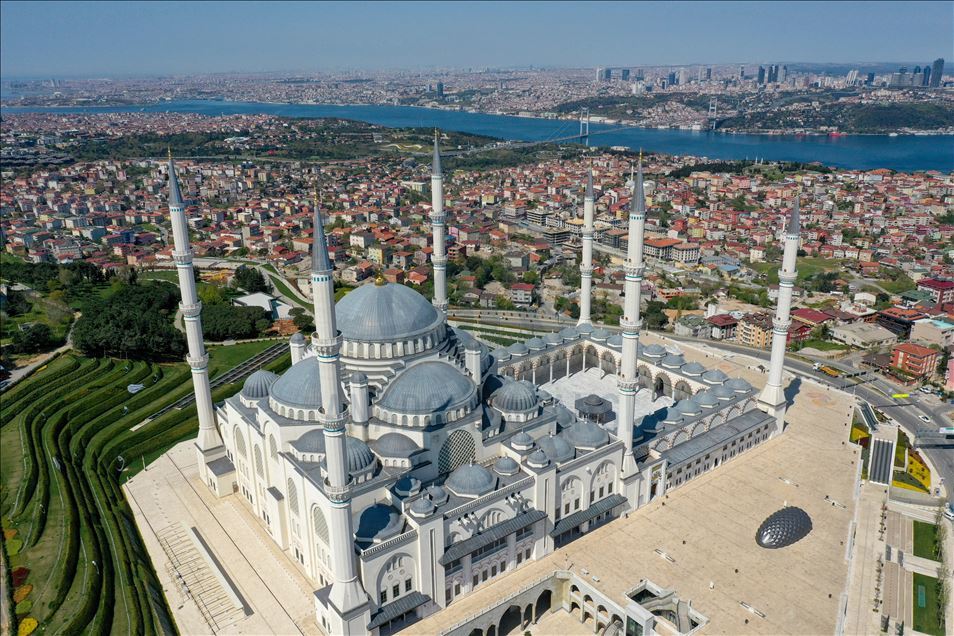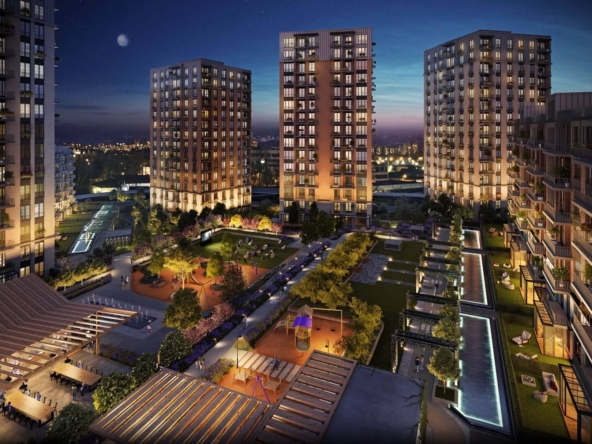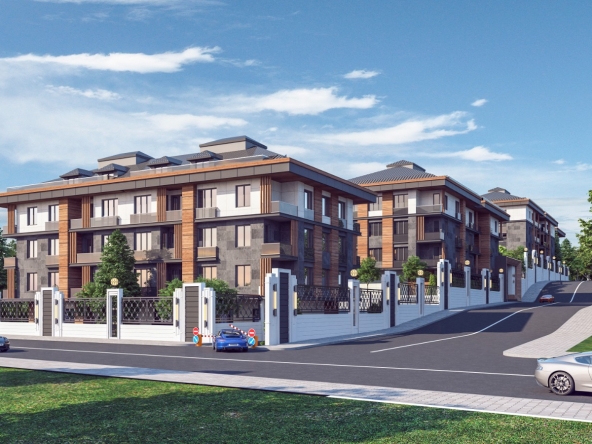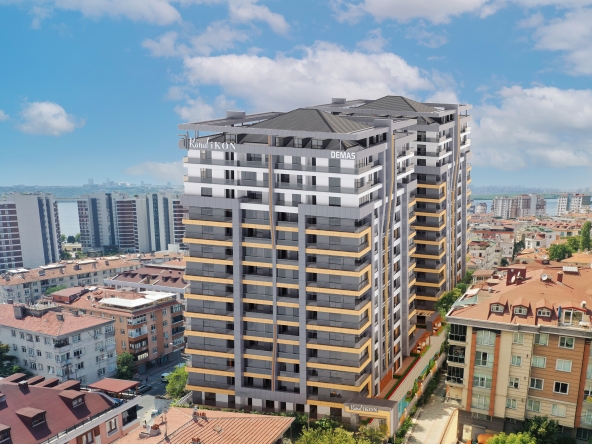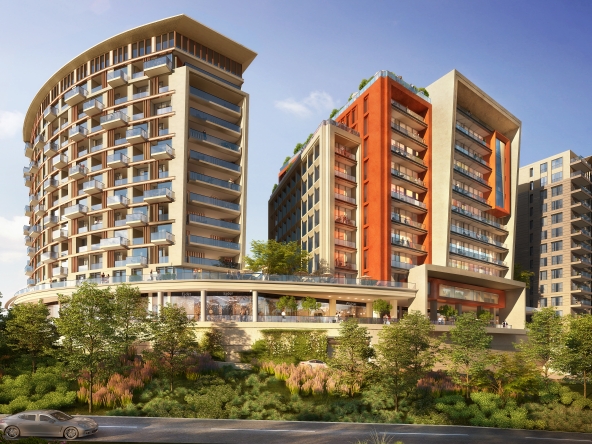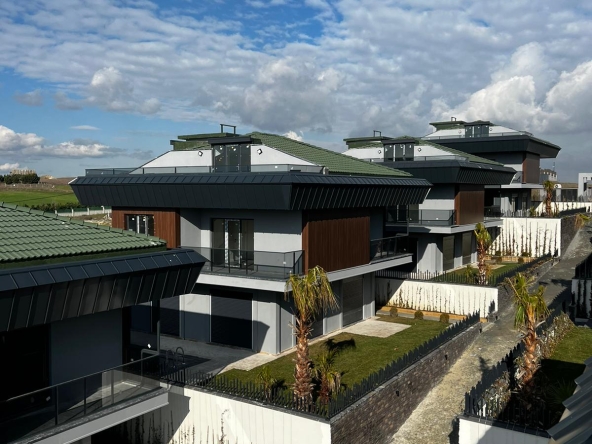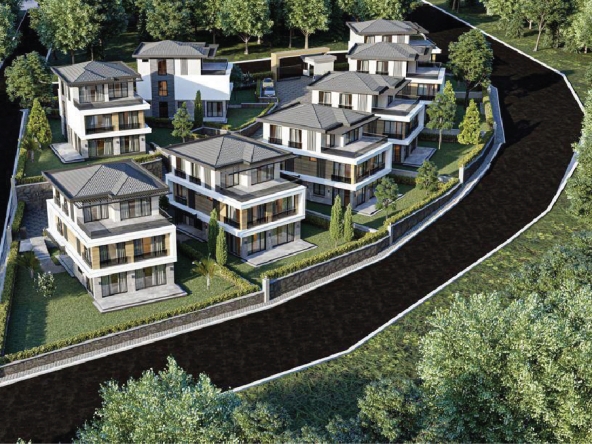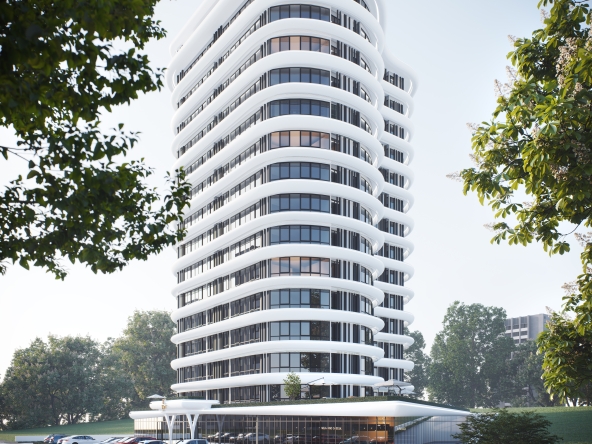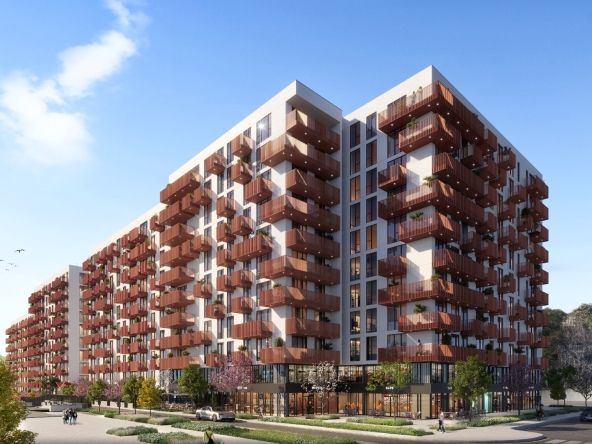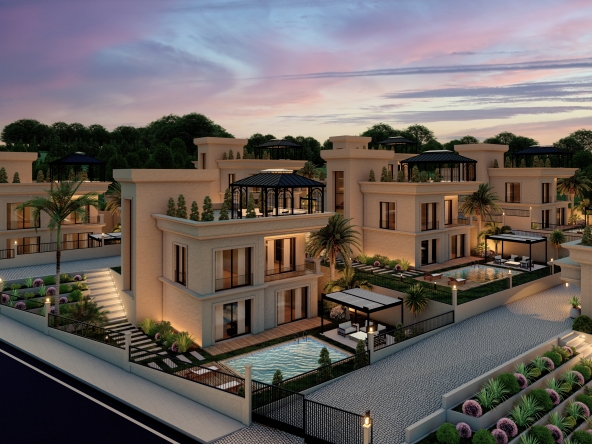Usküdar is located on the Asian side at the entrance to the Bosphorus. Originally Üsküdar was called Scutari and it was located between Salacak and Pasalimani neighborhoods, but it expanded over the years and now it stretches to Ümraniye on the east, to Kadikoy in the south, and to Beykoz in the north.
During the Ottoman period, Usküdar was the third Muslim judgeship of Istanbul, besides Galata and Eyüp. The Muslim people coming from Anatolia resided in Usküdar after it was taken by Sultan Orhan Gazi in 1352. Sultan Mehmed the Conqueror speeded the immigration from Anatolia to Usküdar. The famous Turkish traveler Evliya Çelebi in the 17th century wrote that there were 70 Muslim neighborhoods in Usküdar and most of the people had emigrated from Anatolia. He also stated that there were 11 Greek and Armenian, one Jewish, and no French neighborhoods in Usküdar. This gave an ethnic and culturally homogeneous structure to the district.
Usküdar was the center of trade with Anatolia until the railway was installed in the 19th century with the Haydarpasa train station. It was also the starting point for trade with Iran and Armenia. All Armenian and Iranian merchants arrived in Usküdar with their caravans. Therefore Usküdar became a trade town in the 16th and 17th centuries.
Usküdar was always a quiet and modest area, its streets and houses were nice and well-maintained. Karacaahmet cemetery, the oldest and largest Muslim cemetery in Istanbul, is located in Usküdar. There are many cypress trees in the cemetery, and with its vegetation, it is more like a park than a cemetery.
Every year people going to Mecca for pilgrimage were sent from Usküdar. The Surre Alayi which brought the presents of the Ottoman Sultans to Mecca and Medina governors were also sent from Usküdar.
The Marmara Sea is means of transportation for its inhabitants. When you travel by sea to Usküdar, Kizkulesi welcomes you first. This beautiful tower is one of the beauties of Usküdar and the symbol of Istanbul. When you reach the shore, another important site welcomes you; Mihrimah Sultan Mosque, built by great architect Sinan who also built the Süleymaniye Mosque. The Sultan Ahmed III fountain at Usküdar Square is another important monument. Once at Uskudar, you can also visit Beylerbeyi Palace or experience a traditional Turkish Bath.
Usküdar has changed today, like the rest of Istanbul. Unfortunately nothing much remains of the shore-side palaces built in the 18th century. Its green hills have become cement blocks losing their traditional architectural characteristics. Just a few streets with wooden houses with balconies and bow windows are still alive. The Marmaray station is located right in the square.


